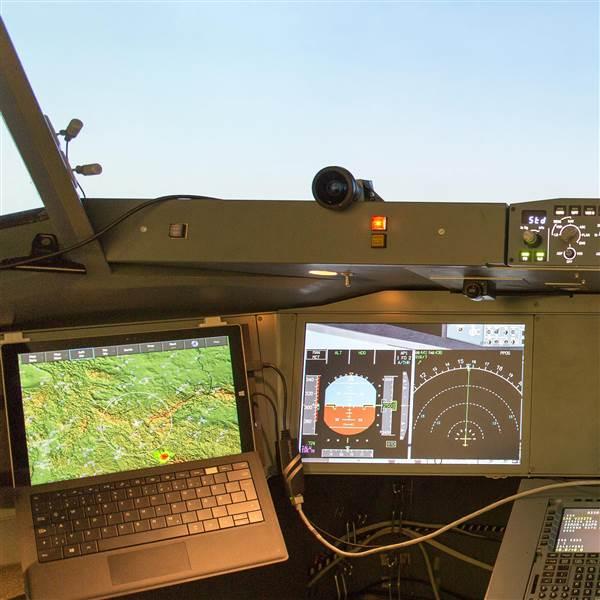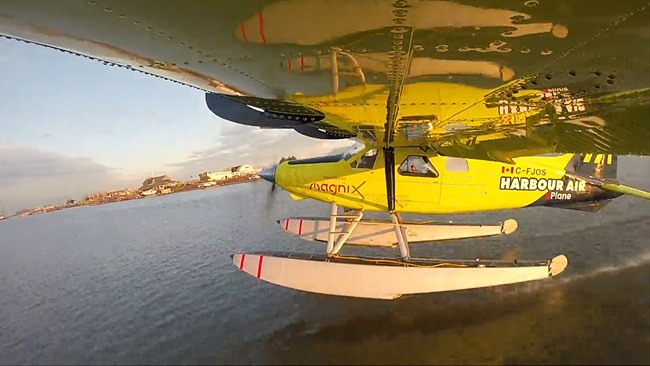Cockpit computer watches, advises
A new kind of digital pilot developed through collaborative research does not just fly the airplane, it keeps an eye on the human pilot(s), too. The idea behind the project, which won an award from the German government in June, is to improve safety by creating a computer that not only reduces workload but also offers helpful advice and suggestions.
Modern autopilots are a staple of the turbine aviation world and beyond. Transport aircraft pilots rely heavily on autopilots for many tasks, nearly throughout the flight. Researchers noted that the autopilot is not programmed or equipped to pay any attention to the human or humans it is working with.
The project, dubbed “Applying Pilot Models for Safer Aircraft” with the somewhat awkward resulting acronym A-PiMod, aims to overhaul the entire design of a “cockpit of the future.” That includes equipping the machine to keep a close eye on the human.

“The system uses the pilots' eye movements, gestures and operations to draw conclusions about their current intentions, situational awareness and work-related stress,” said Andreas Hasselberg of DLR, in the news release. “The system addresses the pilots proactively, makes suggestions and adapts to them and their situation. It is quite similar to a good human team member—a bit like a third pilot.”
DLR collaborated with Honeywell, and others from academia and private industry, to create the “cockpit of the future,” an effort recognized June 28 with a German Mobility Award, presented by German Federal Ministry of Transport and Digital Infrastructure.
A DLR rendering of what the “cockpit of the future” might look like includes several recognizable elements: a laptop computer and a tablet, glass panel displays, and a camera that some may find eerily reminiscent of a computer character known as HAL from 2001: A Space Odyssey, a fictional account of human-machine conflict that does not end well.




